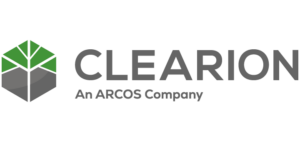The Utility Vegetation Management industry is shepherding in a new era of modernization that transforms their function in society from being a necessity to becoming a true benefactor to their local communities—while also cleverly helping the bottom line.
Utility Vegetation Management programs are essential for safe and reliable electricity, yet pruning, herbicide, and removal activities can create tension in any community. These challenges spurred utility companies to increase communication, sending notifications or asking permission prior to conducting vegetation work. These communications-as-mitigation strategies help smooth ruffled feathers, but they hardly create positive outcomes in their own right.
At Clearion, all we have thought about over the past 15 years is creating positive outcomes for utility vegetation management. Building on the industry juggernaut, Esri, we’ve created powerful workflow automation that brings everyone supporting a utility crew together. From the back office, to inspectors, all the way out to the guys with the chainsaws, we’ve organized their work using interactive maps. Utility crews using Clearion collaborate better, saving time while improving productivity and safety. We’ve certainly built some incredible positive outcomes for these teams.
But, why stop there? Using the same Clearion system that facilitates internal collaboration, our team has worked hard over the past couple years to create external collaboration opportunities.
In this post, we’d like to share some of the opportunities available today that are creating real positive outcomes for our customers, their communities, and frankly—the planet. And, they’re so compelling, they even earned us the honor of winning the Esri Partner Engagement and Esri IMGIS Conference awards.
Utilities Now Send Woodchips to Community Sites Instead of Dumps
Our first example is one aimed at the local community. The inspiration for this project was born from the simple idea that we could help our crews be more efficient.
We found that one vector for planning work included removing debris to locations typically found in the suburbs. The distance to dispose of waste often increased the time or the amount of crew members needed to complete work. In the case of vegetation management, they could shred the waste into woodchips to compress loads, but the distance was still there.
So how do we shorten the distance?
Well, we all know that one man’s trash can be another man’s treasure—so the key was to see if we could find new places on the map to unload woodchips, ideally for someone worthy who benefited from them.
This led us to the Grassroots Grower Alliance.
Their mission is to distribute that “hyperlocal produce” into food insecure communities across the city of Atlanta. They create community gardens in elementary schools, women’s shelters, and minority neighborhoods. These gardens rely on donations to survive, and woodchip donations would be hugely welcome to help landscape and as mulch to help regulate soil temperature and moisture.
They also have gardens all over Atlanta, so this organization provides dozens of alternative dumping sites for woodchips around town for utilities like GA Power.

We built a simple sign up form for community gardens to post their status. Those statuses and locations show up on daily work plans. Crews taking advantage of the sites can update they’ve delivered woodchips and the whole system is instantly aware. GA Power crews save dozens of miles, reclaiming valuable time for the crews to be productive rather than driving.
Plus, dropping off waste to help a community garden versus the bleak effort of unloading at a dump just makes everyone on the team more proud of the work they do.
Utilities Send Trimmings To Feed Zoo Animals
This initial success of using GIS-based maintenance management software to help automate the community engagement programs led Georgia Power to ask Clearion to assist with another program—one that routed freshly cut vegetation from the utility’s tree trimming program to Zoo animals.
A few years ago, Zoo Atlanta and Georgia Power connected to create an innovative new program for delivering woody stems and branches from vegetation management operations to help feed animals at Zoo Atlanta. These animals are classified as Browsers due to the volume and variety of plants they eat in the wild.
Georgia Power was happy to support this program, but the logistics were challenging. Originally, they coordinated between tree trimming crews and the Zoo’s staff using phone calls and texts. It was crucial that the vegetation was fresh for the animals and equally important that all of the vegetation left for the zoo was cleared off of private land.
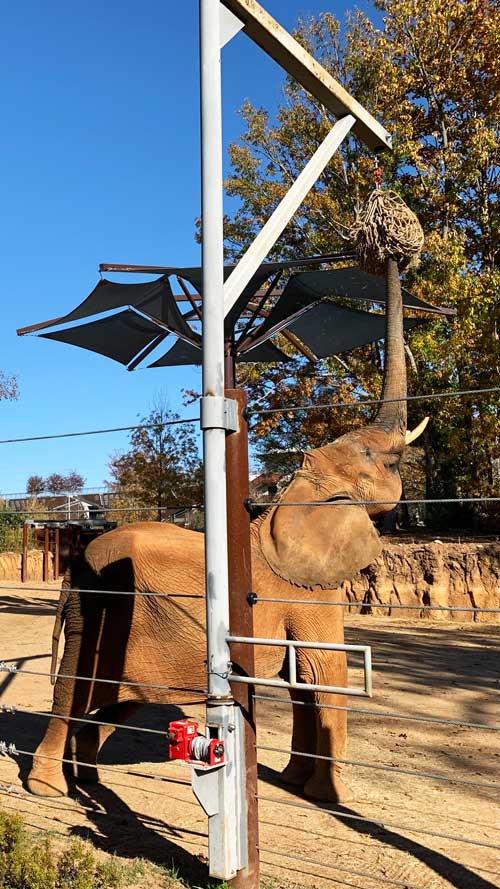
Within a few weeks, the utility’s trimming crews had updated software to track the ‘browser’ vegetation and the Zoo Atlanta staff also came online with the technology.
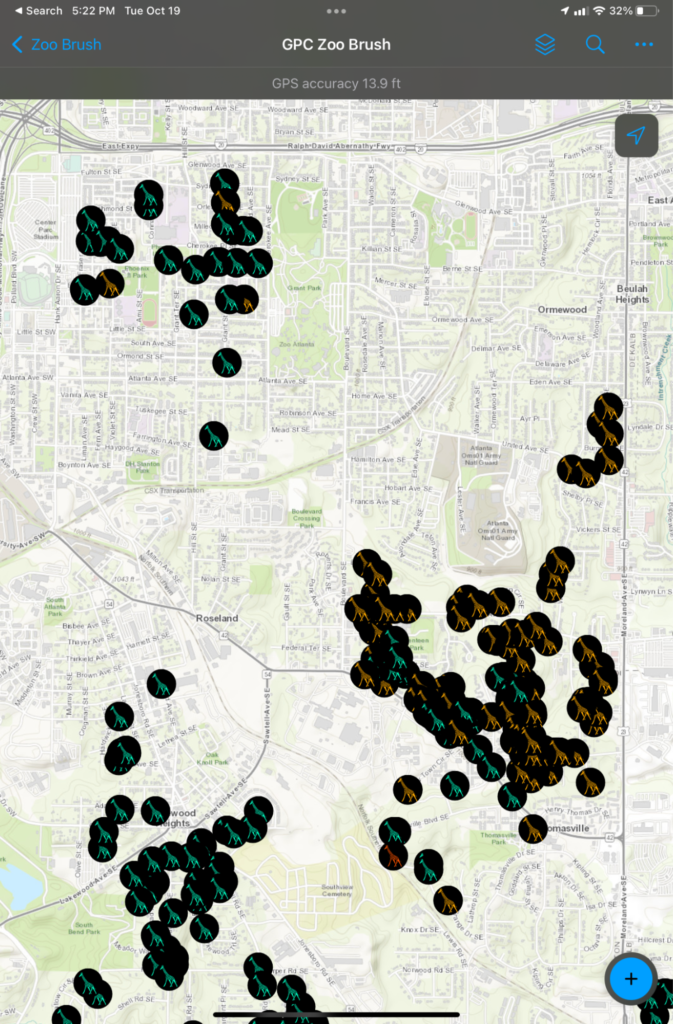
The entire process starts with the Zoo locating plant species that are compatible with animals’ diets. Using Clearion’s map-based software, the Zoo can drop a pin at a site, specifying which species they want to collect, and include instructions for Georgia Power contractors. Once Georgia Power’s crews have done their job, they use the same platform to notify the Zoo that the vegetation is ready for pickup.
The Zoo, Part Two: Panda Edition
The success of the browser program between Georgia Power, Clearion, and Zoo Atlanta sparked another idea to expand the program to support bamboo harvesting for the Zoo’s two pandas.
The zoo requires a large amount of bamboo each day. Each giant panda requires about 80 pounds of various bamboo species per day. In addition to feeding the pandas, bamboo is also used as a special treat for some of the other animals, such as giraffes, warthogs, and gorillas. Fulfilling this type of dietary need is a common challenge for most zoos.
Zoo Atlanta is fortunate because our climate allows for the growth of a wide variety of bamboo species. Our local community is very supportive and we count on bamboo donations from private individuals to help us feed our pandas.
Dr. Sam Rivera, DVM Tweet
Using the same technology from the browser program, Zoo Atlanta created a new map, pictured below, which identifies nearby sites where bamboo species grow naturally.
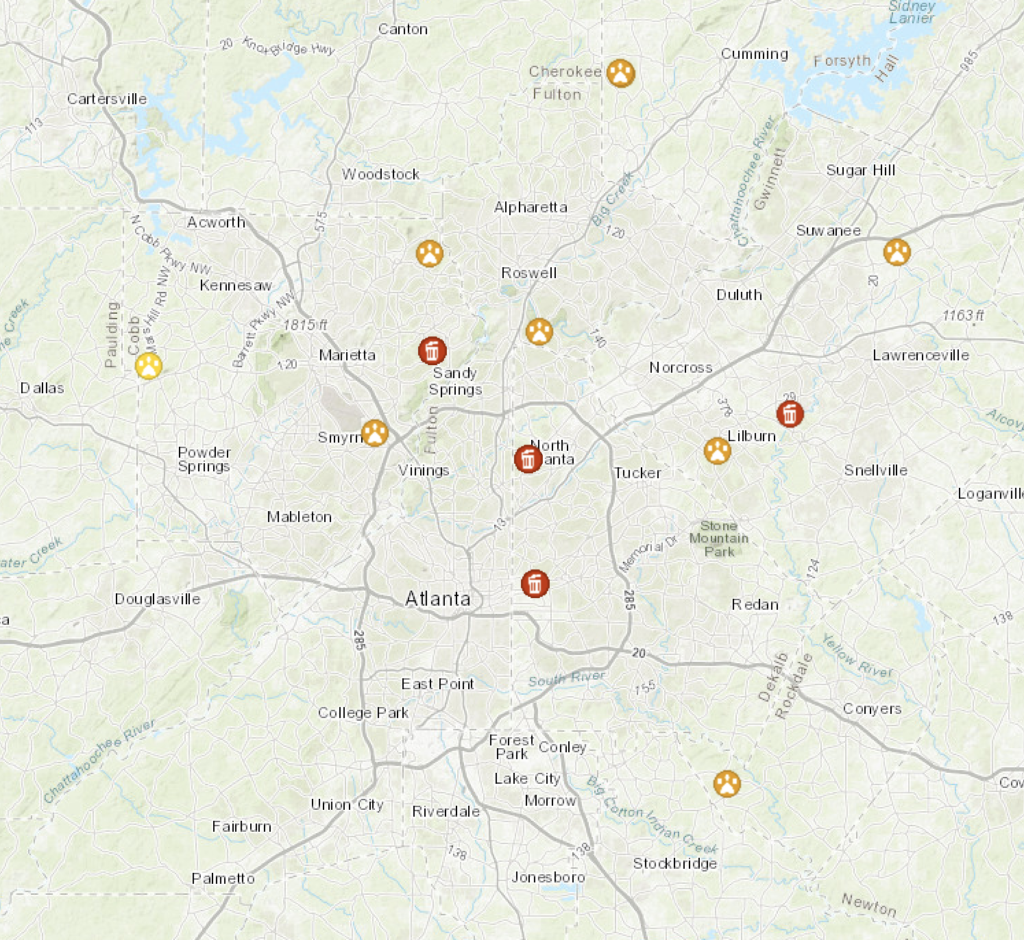
To enrich the locations, Zoo Atlanta opened up a bamboo donation process that hooks Atlanta residents directly into the new system, allowing them to provide important context on the condition and species of bamboo they are offering. This helps guide work plans, as pandas only eat certain types of bamboo at certain times of the year.
What’s more, they even added in a capability for the pandas to leave Yelp-style reviews, and if the pandas really didn’t like a particular batch, the harvest location can be removed from the map.
Thanks to the collaborative efforts of Georgia Power, Clearion, and the residents of Atlanta, the Zoo now has access to an abundance of fresh, local vegetation which they can offer their herbivores.
Utilities Are Leading the Effort to Save the Monarch Butterfly
Our next example starts with the Rights-of-Way as Habitat Working Group. Founded by the talented folks at The University of Illinois Chicago (UIC), they seek to engage utility, railroad, and departments of transportations, as well as other key groups across the U.S. and Canada, in open, constructive discussions, knowledge sharing, and problem solving.
One of the things they found working with their stakeholders is that a lot of people in the industry want to positively contribute to ecosystem improvements.
They also found that energy and transportation Rights-of-Way (ROWs) already contain a lot of existing habitat that are ideal for pollinators and other wildlife. Of particular concern is the monarch butterfly, who’s seen its population plummet 90-99% in recent decades.
Seizing this opportunity, UIC organized 40 companies into a partnership. This new partnership was formed to work with the US Fish and Wildlife Service to create the Monarch Butterfly CCAA, or the Candidate Conservation Agreement with Assurances.
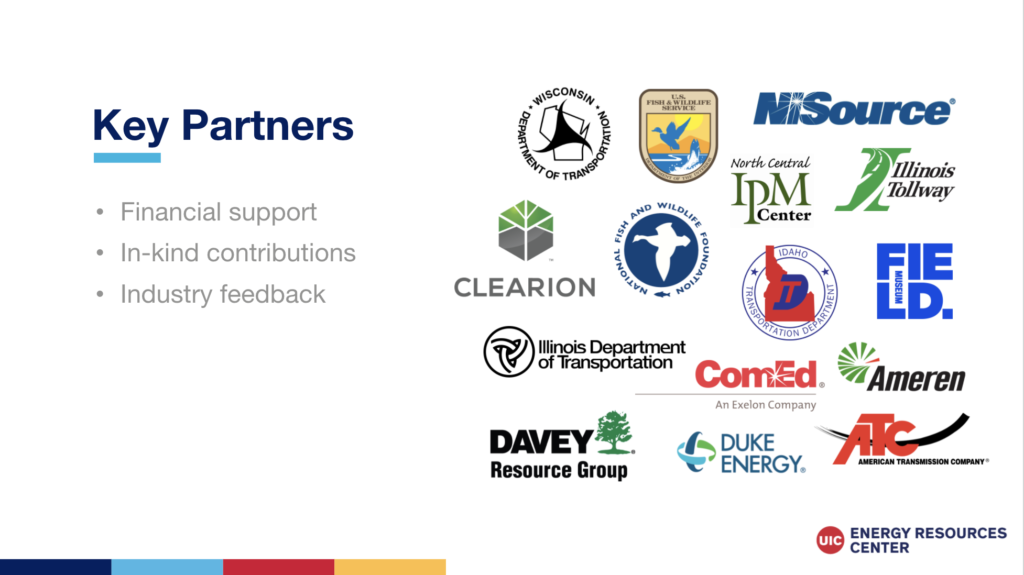
The agreement starts with a voluntary, pre-listing tool that non-federal land managers can enter into to proactively commit to do conservation to support an at-risk species, in this case the monarch butterfly. Similar to how the zoo form collects information on vegetation species, this tool collects information on land suitability for growing milkweed, the plant monarchs prefer to reproduce.

In exchange for listing voluntary conservation, each member receives regulatory assurances that if the species were to become listed under the endangered species act, no additional requirements or restrictions would be put on them beyond what they voluntarily committed to doing as part of their enrollment in the agreement.
This is truly a win-win-win scenario.
ROW organizations can mitigate risk from looming legislation.
Fish & Wildlife saves millions on administering a federal project to protect these creatures, and the monarchs get intervening help now when they need it.
And best of all, the CCAA has the potential to create more than 2 million acres of habitat across the U.S. along energy and transportation lands as part of this agreement. This is a really big deal to an important pollinator.
Early indications show the program is already working, as early counts suggest the monarch butterfly population seems to be thriving once again.
And again, like the zoo programs, this program could be easily extended for other endangered species—or rather to avoid their endangerment altogether.
Have an idea for a community program? We want to hear!
If you have an idea for a community engagement program and would like to see how Clearion can help put your project on the map, drop us a note!
"*" indicates required fields
Want to see more?
Check out our presentation from the 2021 Trees & Utilities Conference.
